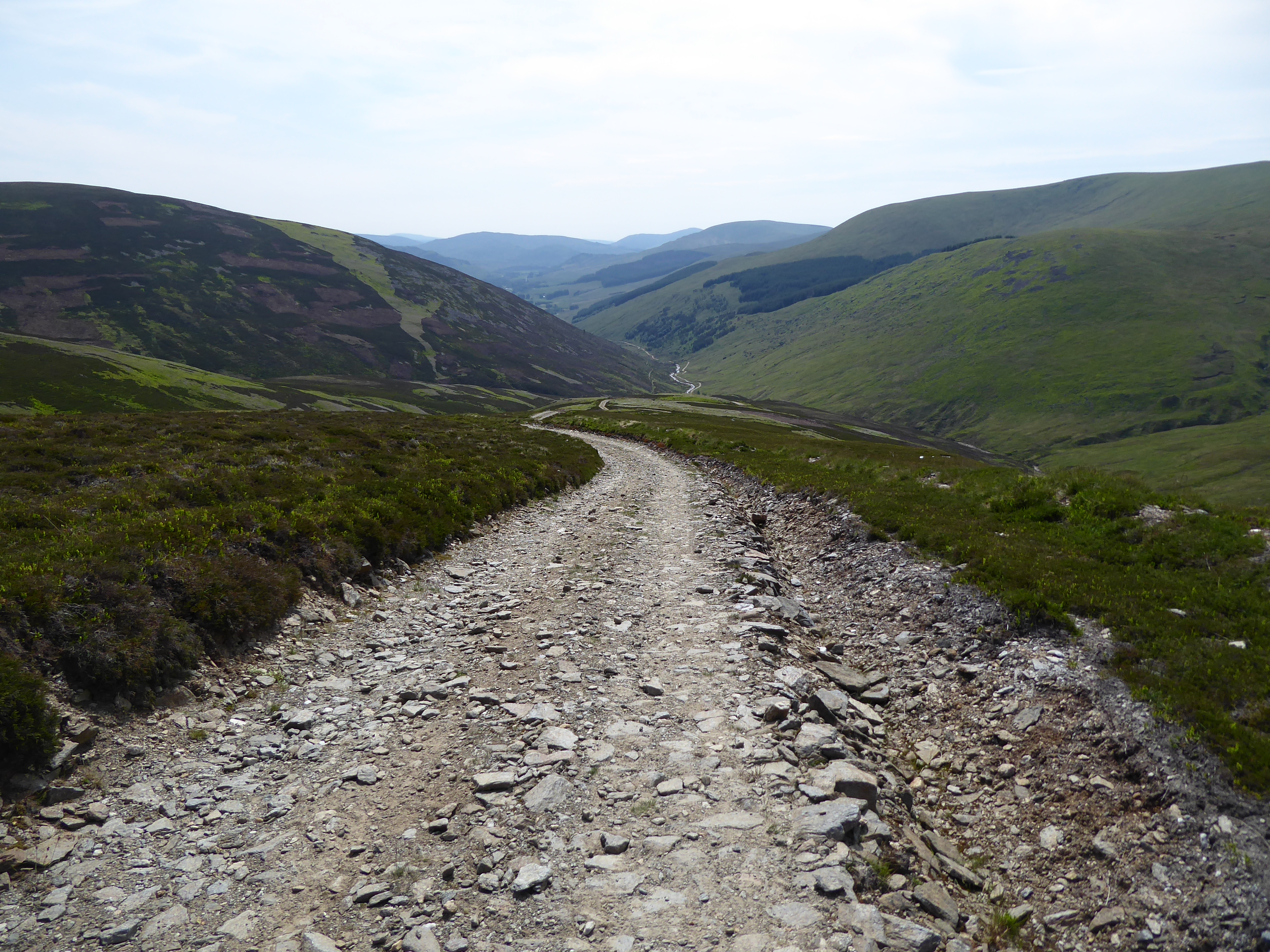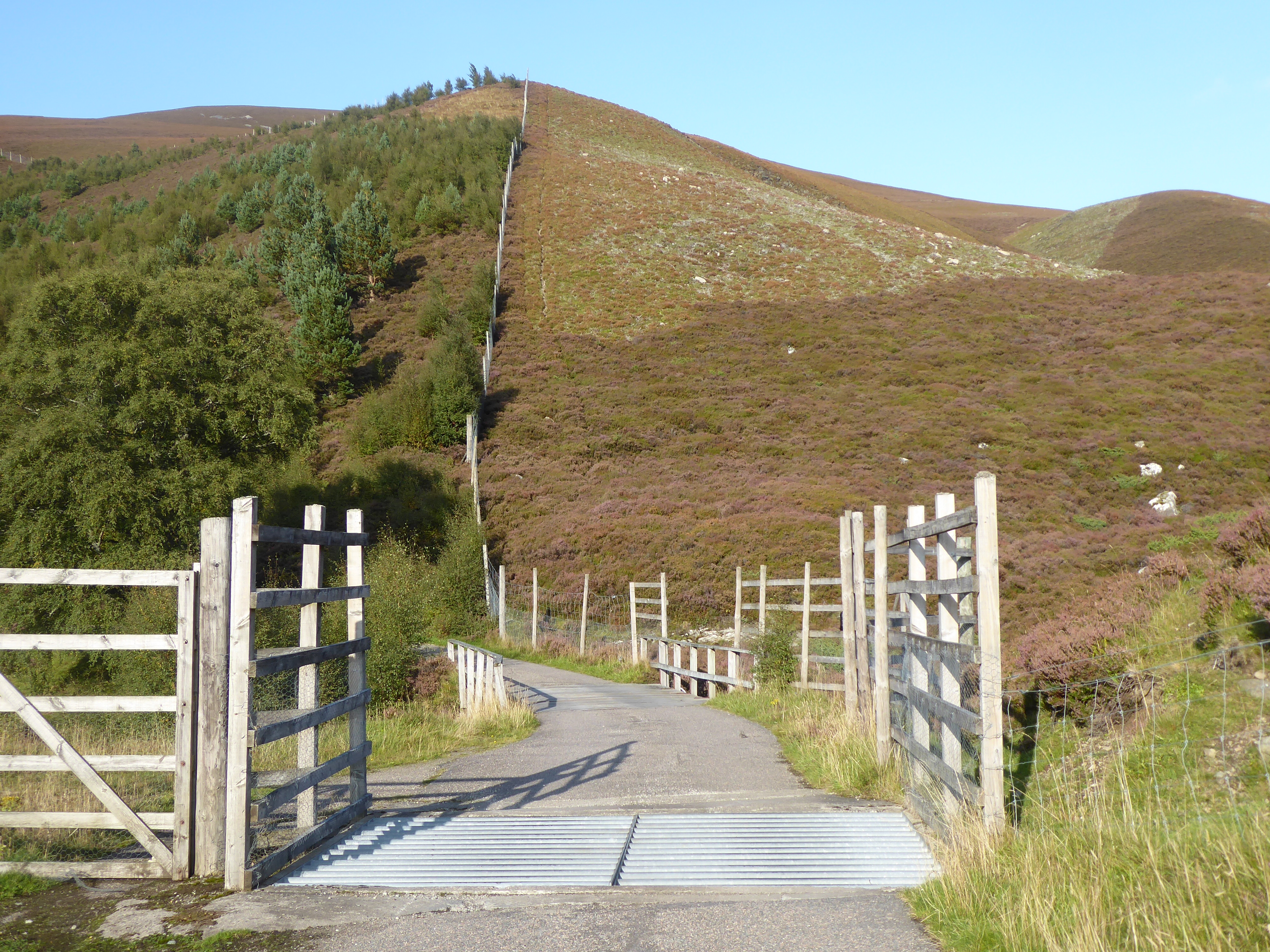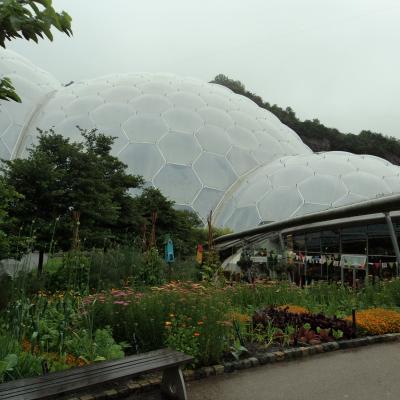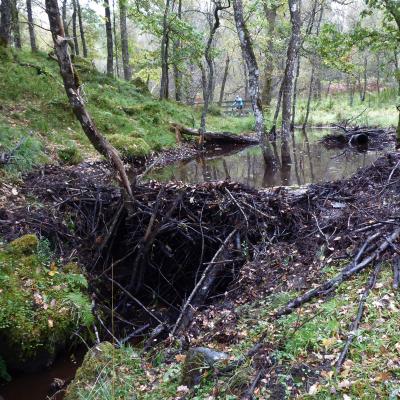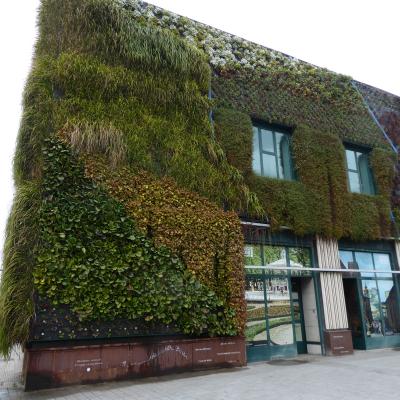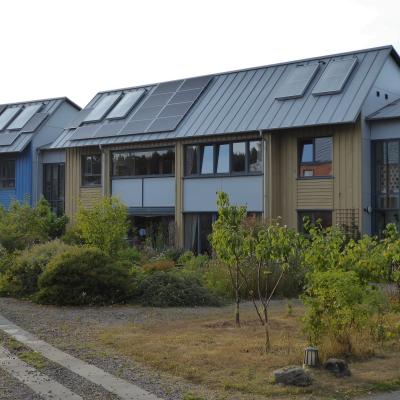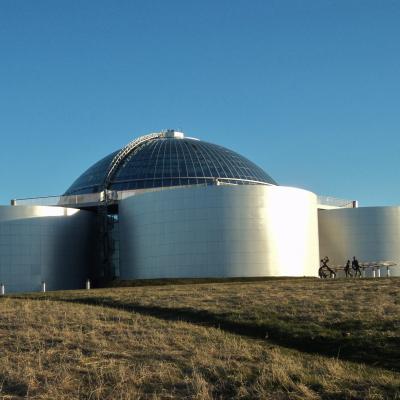Is this an accurate description of Scotland? Are we really one of the most ecologically degraded countries in the world? Does rewilding offer hope?
I keep reading references to Scotland being the 212th out of 240 least biodiverse countries and territories in the world; the UK being the worst country in the G7, worse even than China. On further research, these statistics come from a study in 2021 by London’s Natural History Museum. They attempted to measure a biodiversity intactness index which is the abundance of plants, fungi and animals today versus the abundance and species diversity that existed before human intervention. The global intactness was measured at 75% which doesn’t sound too bad, but it is thought that you need over 90% to maintain properly functioning ecosystems and prevent species extinctions.
Of course, large areas of the world, away from intensive human impact, still score nearly 100% - the Northern Hemisphere tundra, many deserts and the remaining tropical forests. Clearly areas of urban development and intensive agriculture score much lower. The UK scored 51% (England 47%, Scotland 56%, Wales 51%). England was a bleak 233rd/ 240.
The 2023 UK State of Nature Report seems to agree with this assessment. There are over 10,000 red list species in the UK (out of 70,000 known species) that are threatened with local extinction. Only 7% of woodlands and 25% of our peatlands are in good condition, whilst overall there has been a 19% decline in the abundance of terrestrial and freshwater species since the 1970s.
Is our ecology really degraded?
Let’s look at our agriculture, woods, wetlands, peatlands and our rivers.
Intensive agriculture is the main culprit. There has been continued intensification of arable farmland, accelerated after the Second World War. More drainage, fertiliser, weedkillers, pesticides, fungicides and insecticides, and larger fields created by ripping out hedgerows. Weedkillers and insecticides are extremely effective at their job, but chemical droplets and dust can be blown by the wind well beyond their intended target areas, killing insects and causing stress to trees which weakens their resistance to pests and diseases. No insects, no birds, no food chain.
Almost all our historic woodlands have been destroyed by human activity over the centuries. Sheep graze approximately 45% of Scotland’s land area (there are more sheep than humans in Scotland) and they effectively prevent woodland from regenerating alongside nearly 1 million deer. Pockets of ‘natural’ woodland exist but are often degraded, that is, there are few or no young trees that are required for the long-term health of the woodland.
Landowners have dug drainage ditches across huge swathes of the countryside. This includes the virtual destruction of all raised bogs (Flanders Moss is a tiny fraction of its former size). In the uplands of Scotland and northern England, drainage ditches have helped to dry out the extensive tracts of peat which once absorbed carbon from the atmosphere but are now disintegrating and releasing that carbon into the atmosphere.
14% of Scotland’s land is used primarily for red deer to graze and a further 12% is managed specifically for grouse. Both are shot for sport, and for limited human consumption. Landowners regularly burn patches of heather moorland to encourage new growth to provide a better habitat for grouse. Few other species can live in this managed environment. Illegal persecution of raptors continues on some estates.
Our upland rivers have lost their crucial riparian woodland, whilst drainage speeds up run off and increases peak river flows. Farmers and Councils have canalised our lowland rivers to create more land for agriculture and to protect farms and towns from flooding. Rivers, like my local Allan Water, may look scenic but are prone to flash flooding with peat and silt creating poor conditions for fish.
Over the centuries, humans have hunted all our large predators to extinction – bear, wolf, lynx and sea-eagle. Many of our large herbivores are extinct too such as elk, auroch and bison. Basically, our natural ecosystems - the food chain or food web - are broken.
Invasive species can easily break into these broken ecosystems and run riot. Of particular concern is rhododendron ponticum which is established across Scotland, and in places has become the dominant species, shading out all others. Sadly, rhododendron is overrunning many of the pockets of remaining temperate rainforest in the west of Scotland.
Also, giant hogweed is marching up our riverbanks, again crowding out native species, but also creating a health risk to any humans or dogs that come into contact with it. There are many, many more invasive species of concern, too many to name here.
Yes, we have truly degraded our ecology.
But tourists flock to see Scotland’s countryside?
We live in a green and pleasant land. Don’t we?
This is the strange thing. Most tourists, in fact most locals, don’t really perceive much of a problem. In fact, quite the opposite. They flock to Scotland, particularly the Highlands, to take photographs of our fantastic scenery, completely unaware of the underlying ecological degradation.
Our Highlands may look pretty but these purple clad heather moorlands, swathes of grass or bracken are not natural. Neither are the intensive sitka spruce plantations, or many of the fast-flowing rivers tumbling over a barren landscape.
The Scottish Highlands should be a mosaic of forest and clearings kept open by large herbivores, with meandering rivers full of salmon. In the west there should be the Atlantic rainforest, full of mosses and lichen, whilst the drier east would be more dominated by pine trees. The forest should gradually give way to heathland high up on the mountain tops. This transition zone still occurs in Norway but is virtually non-existent in the UK.
Rewilding creates hope
Rewilding, or regeneration, is an inclusive term that encompasses activities that help to restore functioning ecosystems. This includes action to rewet peatland, restore rivers, plant native trees, remove invasive species and reintroduce some lost species. The key to proper rewilding is to restore water into the landscape and introduce large herbivores and predators (or human induced control methods) to enable diverse woodland and clearings to thrive.
On farms, rewilding could include new ponds, hedgerows, native woodland, buffer zones along rivers and a reduction in fertiliser and pesticides.
There are certainly many examples of good rewilding practice across Scotland, but not enough.
The Scottish Rewilding Alliance estimates that around 2% of Scotland is undergoing some form or rewilding at present. They would like to set a target of 30% of our land and surrounding seas to be rewilded. On land, we probably can’t rewild much more than 30% as we obviously do need land to grow food and timber intensively and to provide us with living space.
What about the economy?
Land managed for deer and grouse create relatively few jobs. Sheep farming is also an extensive activity. Forestry jobs are often filled by a mobile contractor workforce chasing the latest areas to be clear felled. Jobs have been lost in tourism due to the reduction in anglers catching fish caught from our rivers. But of course, rural jobs are locally important.
However, campaigners argue with some justification that rewilding initiatives create more jobs than are lost. I guess this will vary significantly from site to site. Rewilding certainly can improve land productivity which could increase tree growth, fishing and hunting opportunities. Rewilding initiatives directly create jobs, but the biggest job increases are likely to occur in rural tourism businesses and local crafts.
Nature Based Solutions
There is an overlap between rewilding and nature-based solutions which are actions to work with natural systems to benefit people and nature. Our water companies have undertaken many good projects. For example, paying landowners to protect peatlands to reduce excessive levels of particles in the water supply, or working with farmers to reduce phosphorus run-off from cattle farms by better control over silage and manure and creating buffer strips between fields and rivers.
Conclusion
Better education for children and adults would be helpful. For example, ecology should be taught at school, including visits to rewilding sites and farms. That is the best way to learn.
Agriculture, forestry and land-use subsidies should be dependent on farmers and landowners undertaking good environmental practices. I know this is complicated, but this should be an overriding principle.
More effort should be spent on preventing the spread of invasive species. If we don’t we will regret it later.
If you’d like to support rewilding, then please take a look at Scotland: the Big Picture or Rewilding Britain.
Please feel free to share any of my blogs.
--------------------------------------------------------------------------------------------------------------------------
Carbon Choices
To get first sight of my new blogs, email me at This email address is being protected from spambots. You need JavaScript enabled to view it. with the header “please subscribe”.
You might also enjoy my book, Carbon Choices, on the common-sense solutions to our climate and nature crises. Available from Amazon or a signed copy direct from me. I am donating one third of profits to rewilding projects.
Please follow me on social media:
LinkedIn, X, Facebook, Instagram and now on Bluesky
